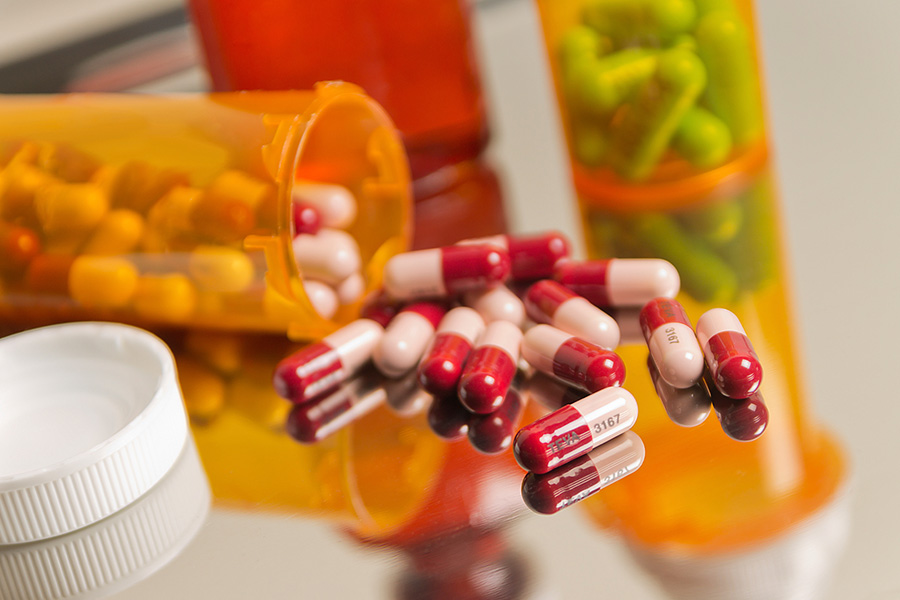FAQs
- There are more than 100 types of arthritis. RA is one of them. According to research- about 0.50% of the Indian population is suffering from RA. It means more than 50 lakh persons has RA in India.
- It is most commonly seen in females. It can occur at any age. It usually starts between 20-50 yrs of age.
- Science does not know the exact cause for its development. Disturbance in immune system plays main role in this disease. Our immune system gives protection against infections (due to bacteria/virus) and cancer.
- Because of some unknown reason immune system starts attacking our own tissue/cells including joints. Affection of joints causes arthritis.
In comparison to other types of arthritis this disease is less hereditary. But body’s genetic environment plays role in development of RA.
- RA can affect lungs, nerves, and skin
- Pain, swelling and stiffness are main symptoms. There should be involvement of 4 or more joints lasting for more than 6 weeks. Weight loss, reduced appetite, mild fever are other features. Maximum pain occurs at night and in the morning.
- Joints become stiff. As disease progress dryness of eyes and mouth can develop in some patients. RA can also affect lungs, heart and kidney.
- Progressively over years joints become damaged and typical deformity of hands and feet develops.
Disease intensity differs in different patients of RA. Disease intensity fluctuates over years with some periods of very low disease activity.
- RA is diagnosed in patients having typical features based on examination. Blood tests and x-rays can help in diagnosis. Rheumatoid factor and Anti-CCP antibody test can support diagnosis in patients with typical features of disease.
- These tests are usually positive in 70% of patients. In 30% of patients it is negative but still patient can have RA.
- ESR, CRP helps in calculating disease activity.
- Blood counts, kidney function tests, liver function tests are done before and after starting drugs as per rule to monitor drug side effects.
- X-rays of joints are normal in initial phase of disease. Changes in joint structure occur in long standing disease.
- RA is not permanently curable disease, but it is controllable like diabetes and high blood pressure.
- Generally its treatment should be started within 3 months.
- Main aim of treatment is to reduce pain, swelling, to maintain joint mobility and to prevent joint damage.
- Dose and types of drugs used are different for each patient. It is given according to disease activity and joint damage.
There are two groups of medicines.
(1) Drugs reducing pain and swelling only:
- Anti inflammatory drugs (NSAID): Diclofenac, Aceclofenac, Naproxen, Etoricoxib etc. These drugs reduce pain and swelling only. It is advised to take after food only or with Antacid.
- Painkillers (ANALGESIC) : Paracetamol, Tramadol-It reduces pain only. They can be given in combination with anti inflammatory drugs.
- Steroids: It is very potent anti inflammatory drug. It should be given at right time, in required dose and for necessary period only. It gives rapid relief in symptoms. it is used as a bridge therapy till disease controlling drugs acts. It can cause side effects if continued for prolonged period unnecessarily. Steroid injection can be given in joint if single joint is involved.
(2) Disease controlling drugs:
- DMARDs: Methotrexate, Leflunomide, Hydroxychloroquine, Sulfasalazine etc.
- These are most important drugs for RA. They can be given for very long periods. If given in adequate dose they can give long term benefit. After disease control is achieved pain medicines are not regularly required. Most of these drugs start its effects after 6-8 weeks. One type of drug does not give relief to all patients. Different patients require different kind of drugs.
- Biologics: Infliximab, Etanercept, Rituximab etc. These are new type of drugs used in resistant case.
Majority of patients do not develop side effects. It depends on patient’s body response to a given drug. Most side effects are not serious and it improves after stopping drug. All drugs are listed elsewhere with separate link.
Pt should do simple exercises when disease is uncontrolled and swelling is present. It can reduce stiffness, weakness and improve appetite. After control of disease patient can do Muscle strengthening/Joint mobility improving exercises under guidance of physiotherapist.
Patient with involvement of lower limb joints should avoid following:
- Sitting cross-legged,
- Squatting position
- Walking stairs without support
- Standing for long time/ Prolonged walking.
- Non weight bearing exercises like cycling and swimming is recommended.
Supportive therapy:
- Hot water fomentation is good when there is no swelling.
- Cold pack can be used for swelling.
- After disease is controlled other type of therapy can also be used like – Diathermy, Ultrasound.
Operation is advised when there is permanent damage in joint causing severe pain and not improving with any medicines. Knee, hip, shoulder, elbow can be replaced with surgery.

Food
- There is no direct relationship of food with any arthritis except Gout.
- Patients with gouty arthritis can take all vegiterian food including pulses. They should avoid non veg diet.
- There is no relation of these diseases with sour food.
- Sour food does not increase arthritis pain. The diseases does not improve after stopping sour food.
- Arthritis patients should take healthy and easy to digest food according to their need.
- Patients with involvement of joints of legs should avoid gaining weight.

Side Effects of Drugs
- Side effects do not occur in most (90%) patients taking medicines used for arthritis.
- Medicines are prescibed after considering patients age,weight, type/ seriousness of disease, associated other diseases etc.
- It is taken care that minimum drugs in smallest doses are prescibed to the each patient.
- Each and every complain occurring to the patients is not necessarily due to medicines.
- Stop medicines if you suspect side effects.
- Consult your family doctor immediately.
- Later inform your rheumatologist or request your family doctor to speak to your rheumatologist.
